Fun With Data - Private Mobile Networks
Industry organization GSA (Global Mobile Suppliers Association) has identified 626 organizations in 55 countries or territories where private network deployments (4G or 5G) have been made or licenses granted for same have been issued, including 71 network operators. As part of the same database there have been 187 active private mobile network projects identified and at least 50 vendors who are providing equipment for such networks and projects, so we see the segment as one that not only has its own cost/return characteristics but is not growth limited by competition.
Breaking down the manufacturing segment further, the automotive sector has been a strong proponent of private mobile networks, given what can be a vast facility such as the Volkswagen (VOW.GR) plant in Wolfsburg, Germany, that covers 6.5 square miles (3x the size of Monoco) and has ~60,000 employees (48% of the entire population of Wolfsburg), or the Hyundai (005380.KS) Motor plant in Ulsan, South Korea that covers ~5 square miles, employs ~34,000, and has its own fire station, hospital, sewage treatment plant, and roads. However we see few limitations and progressively more opportunities for same as data networks evolve and the need to build out concurrent mobile networks increases proportionally. Collecting lots of data is a good thing but the objective is to use that data to make meaningful improvements in operations. Those improvements are made by management, engineers, and line works who must be informed as to how those changes are being manifested, and getting all interested parties in one place for a meeting can be quite difficult. Getting information to the proper parties makes private mobile networks an obvious option.



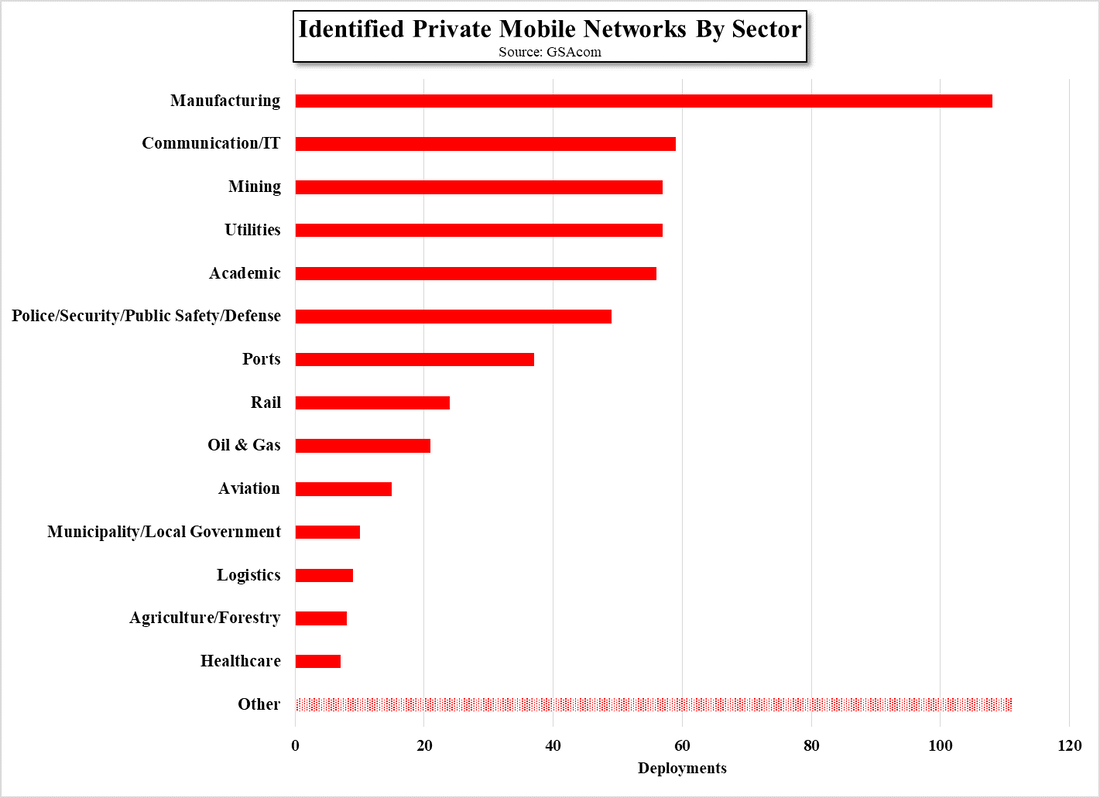
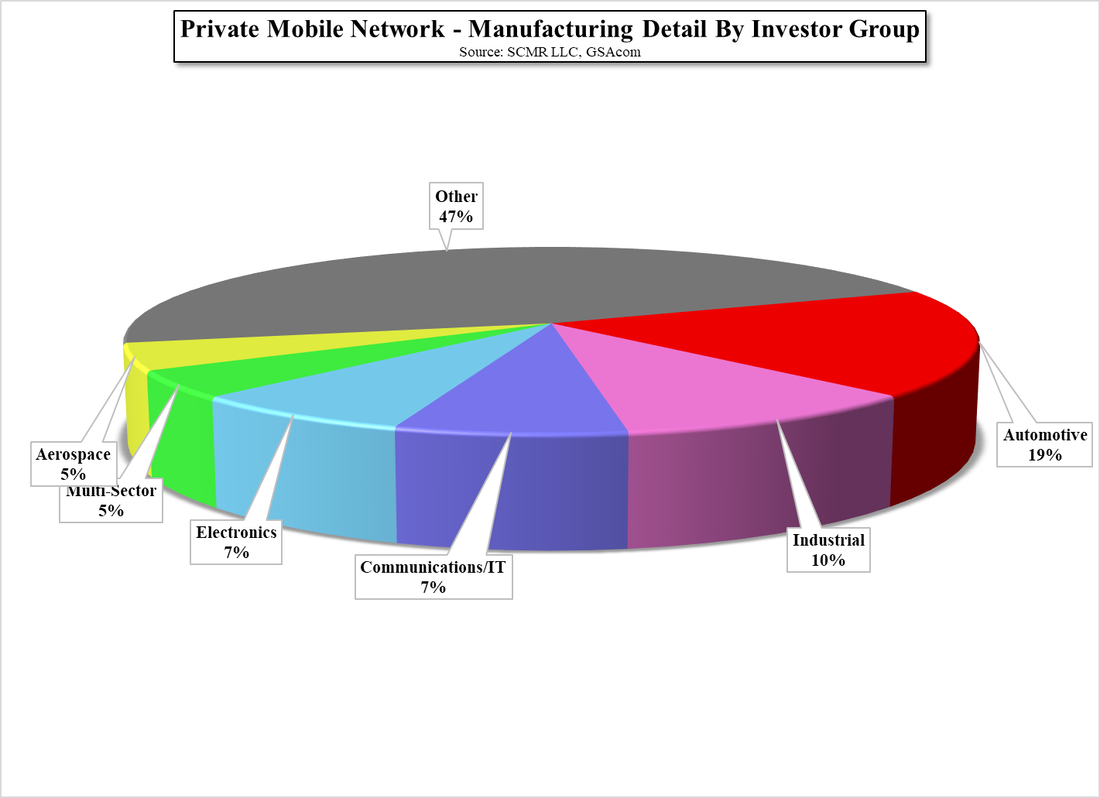

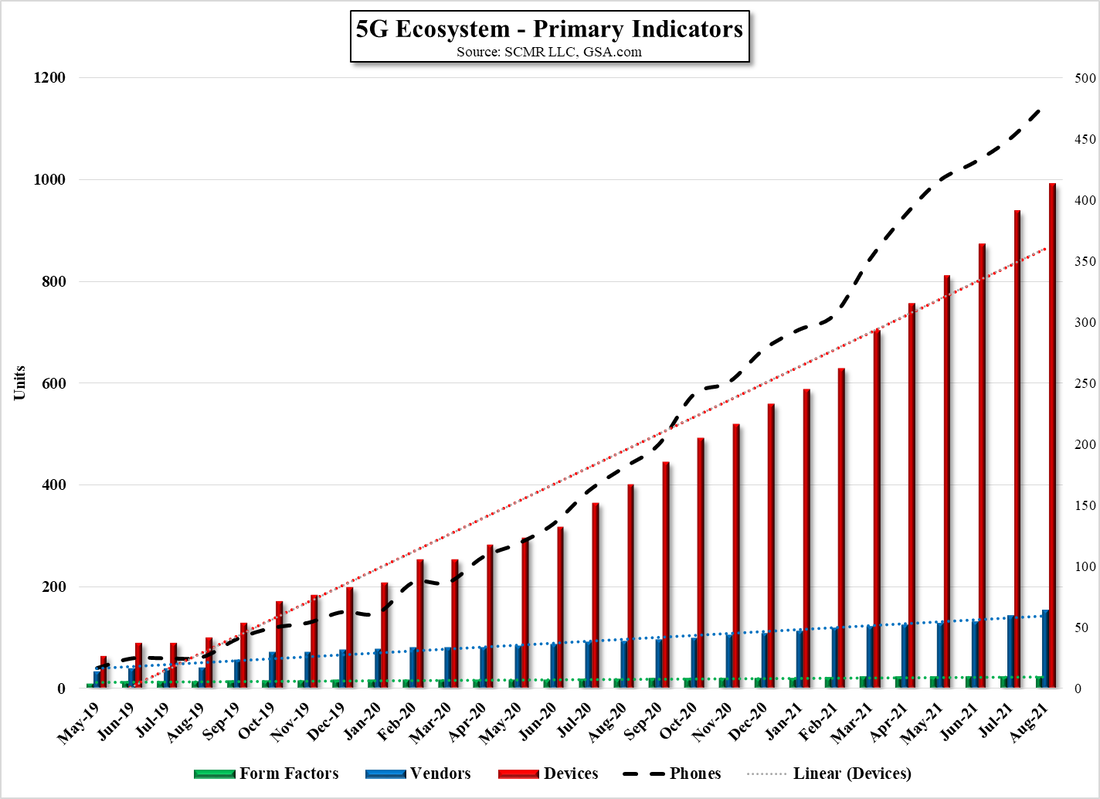
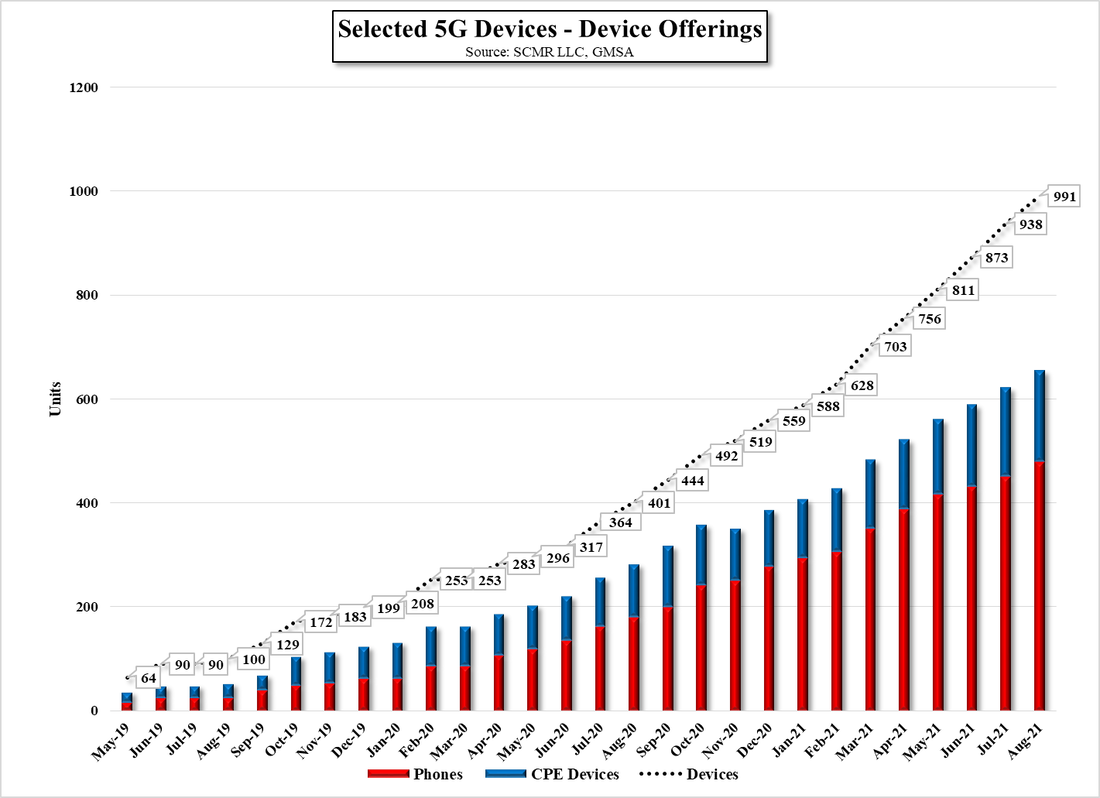
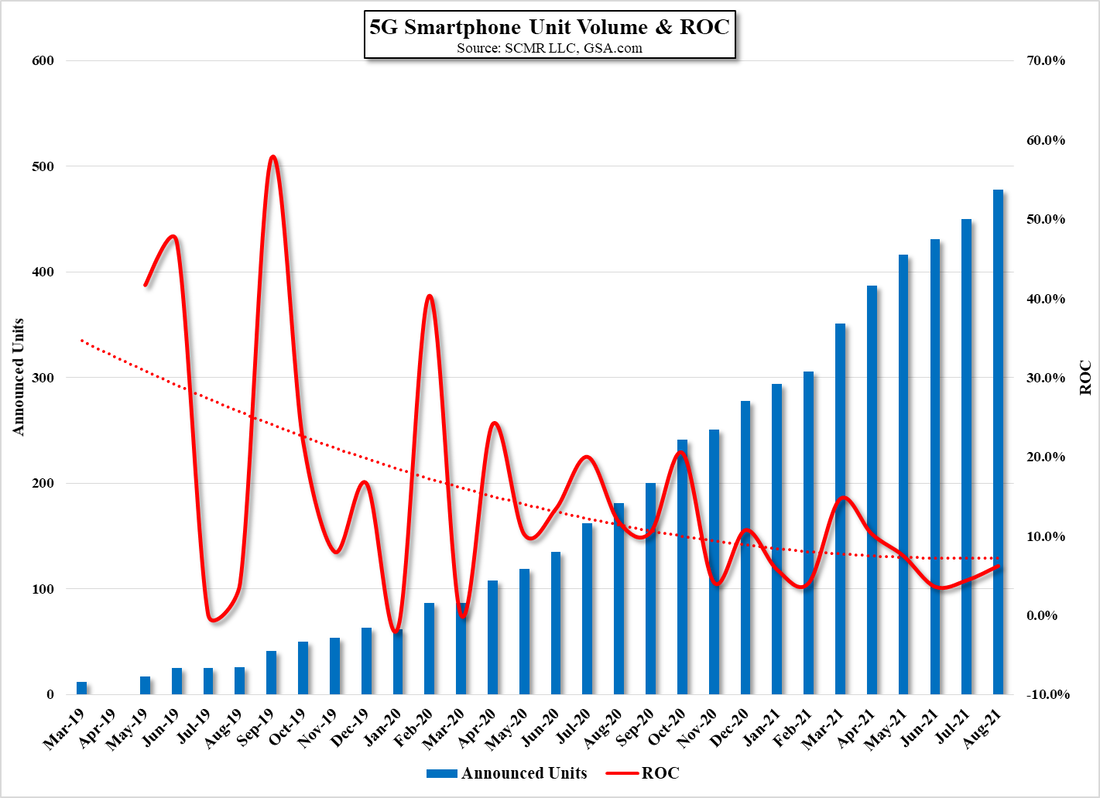

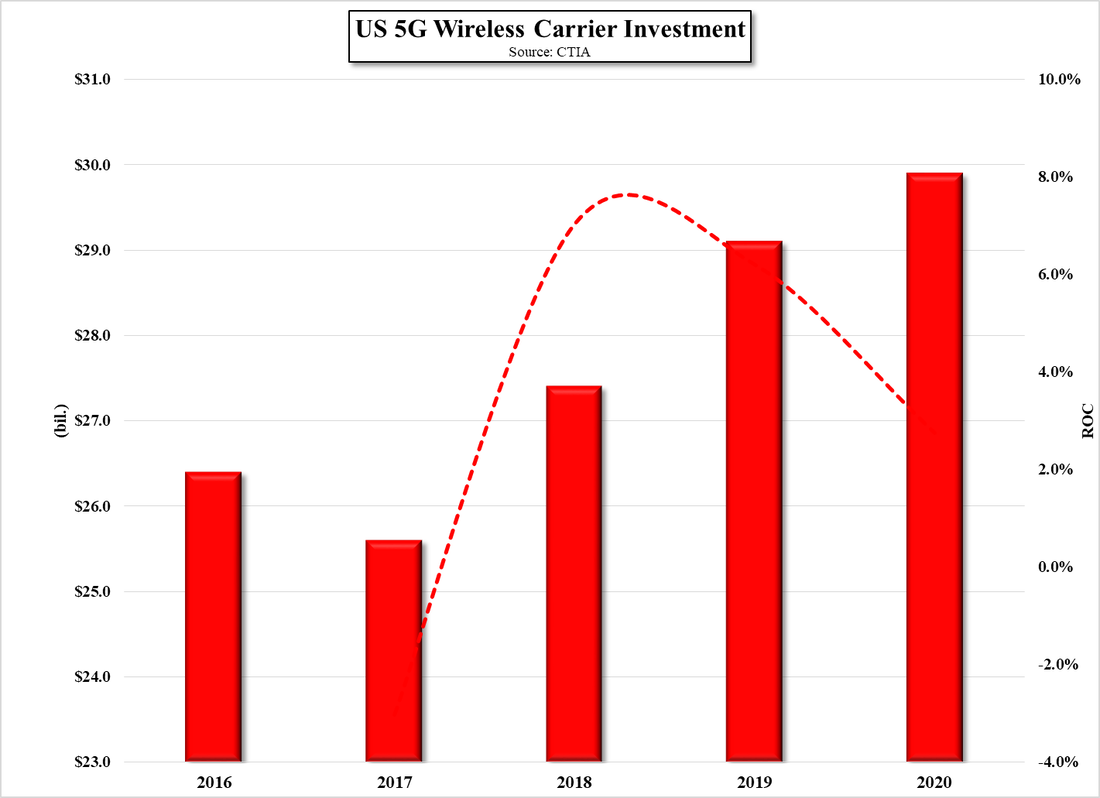

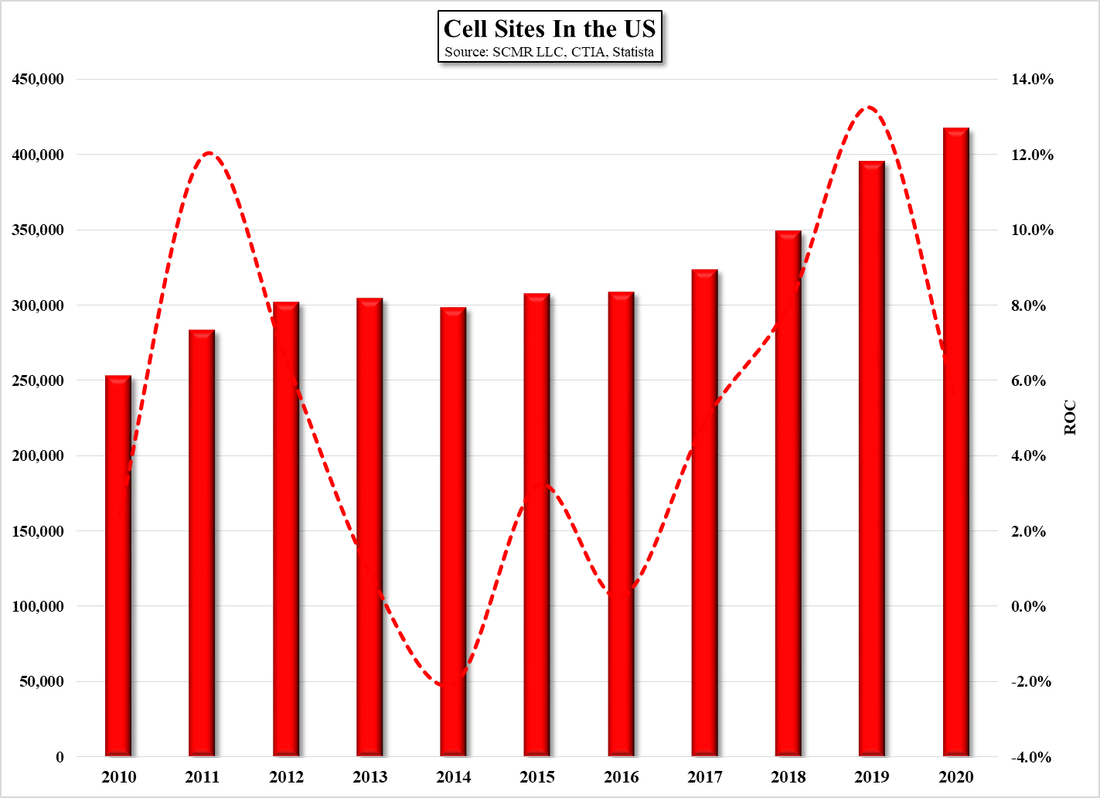
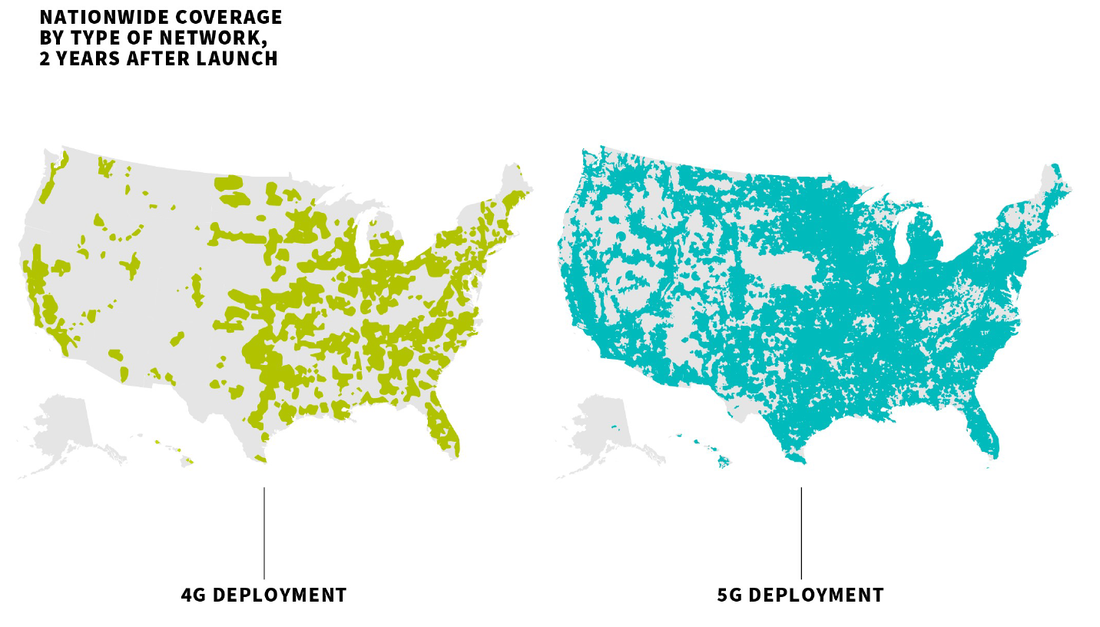







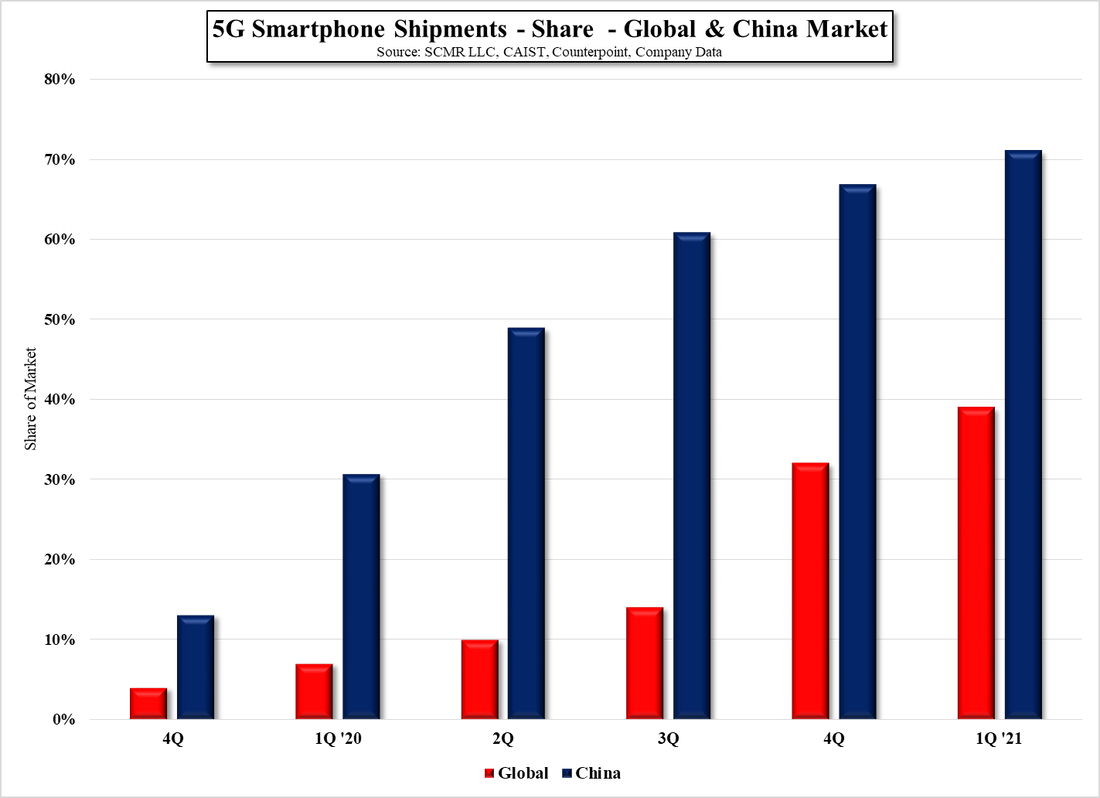
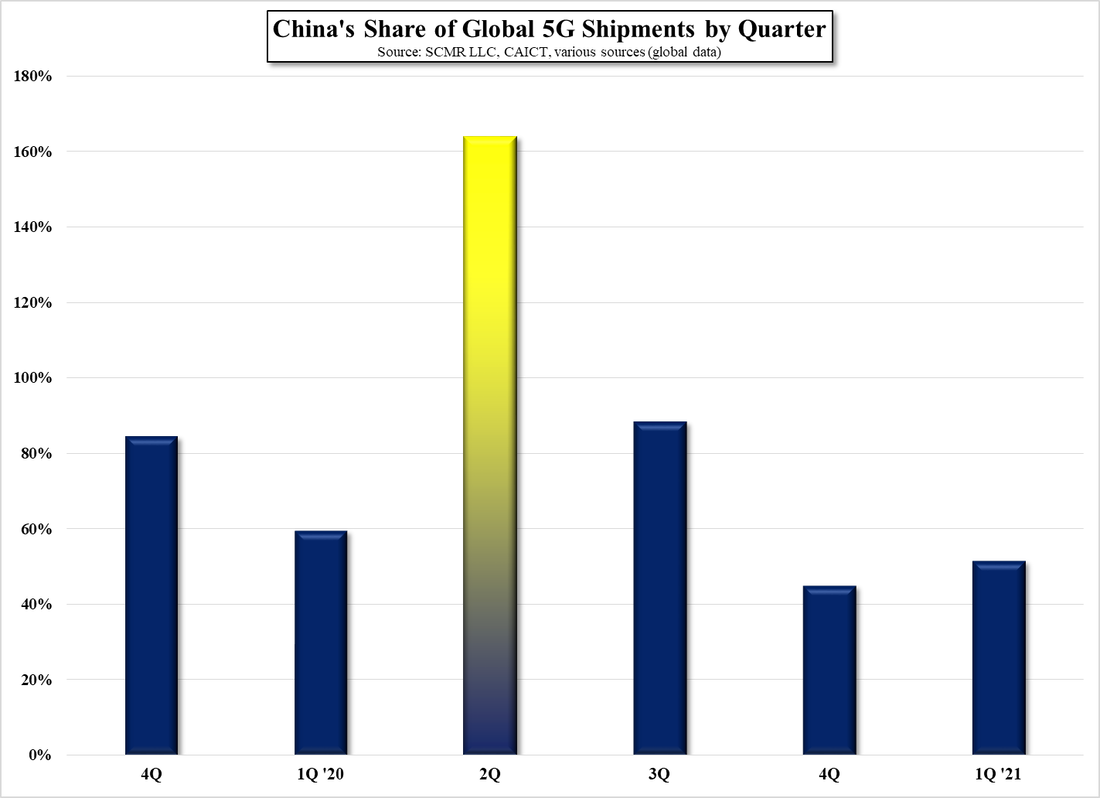
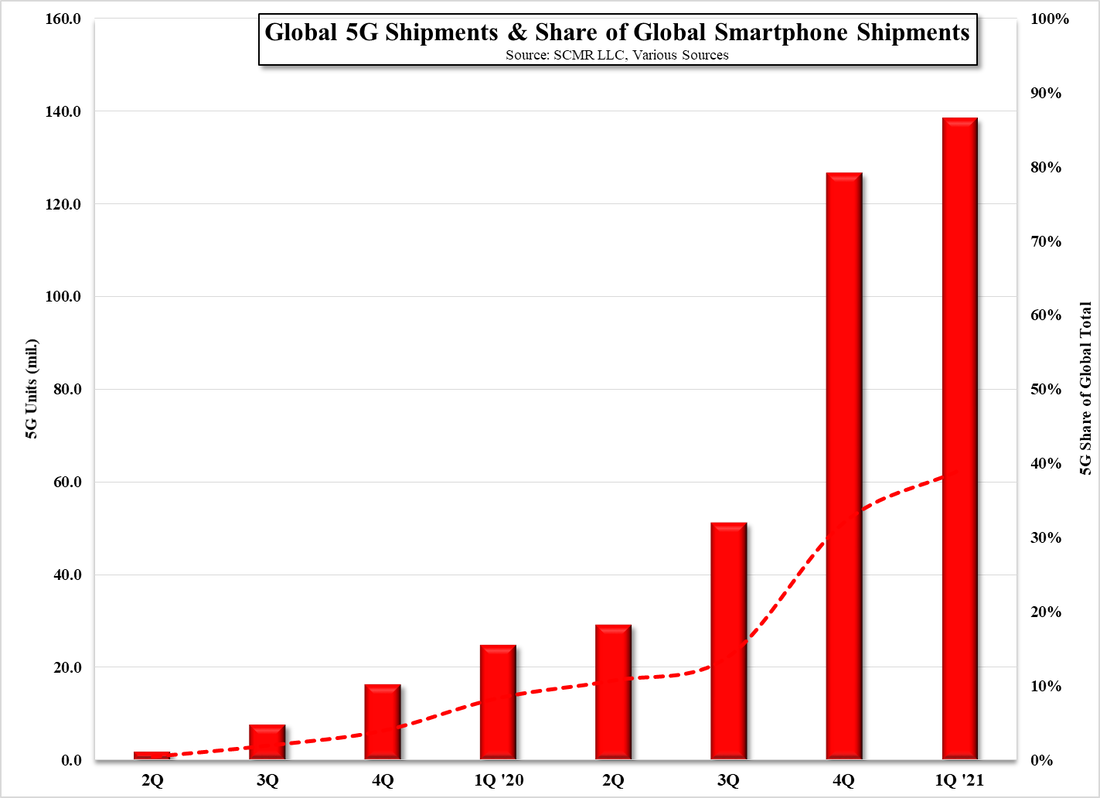
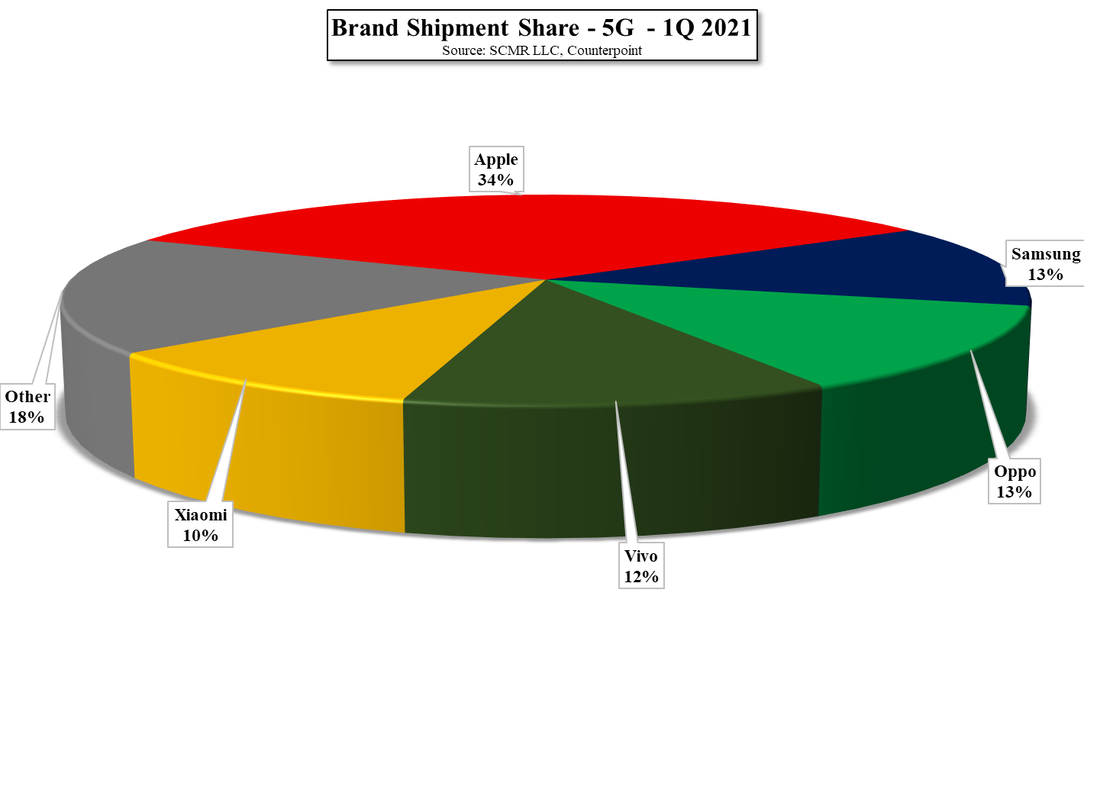
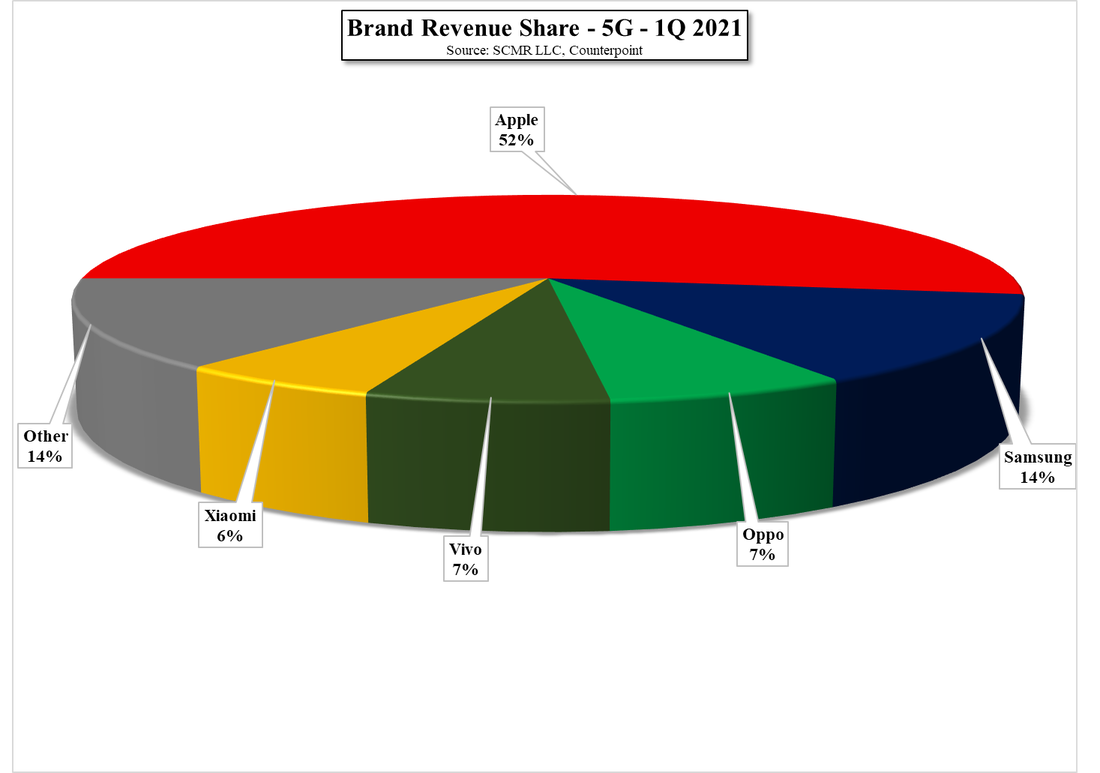

 RSS Feed
RSS Feed